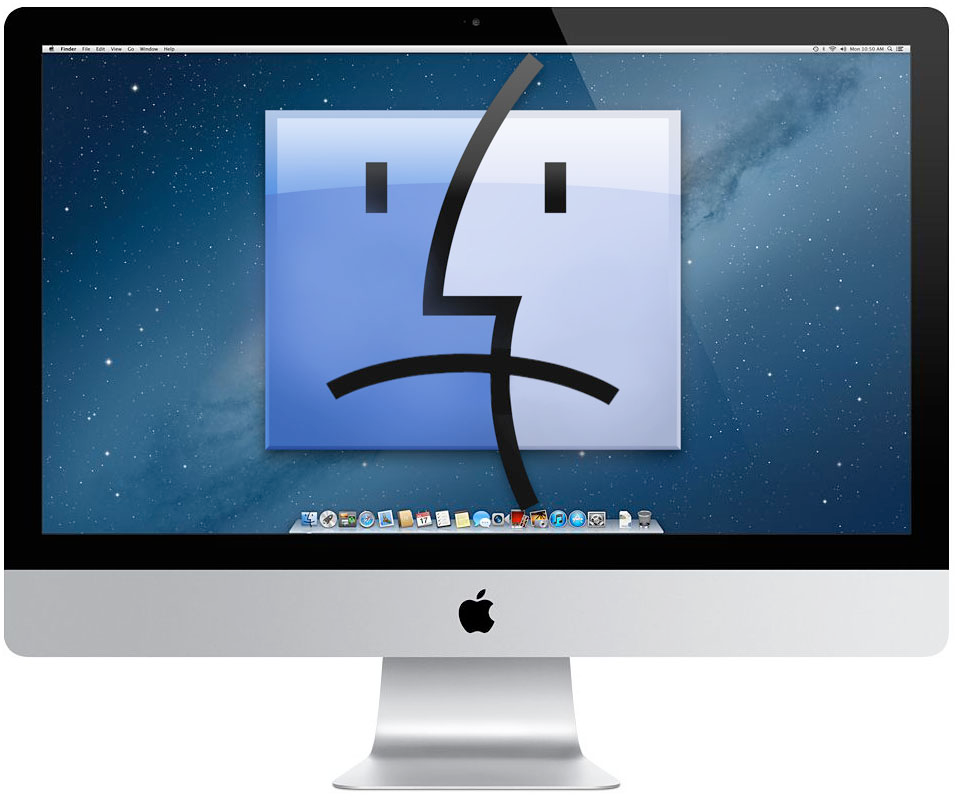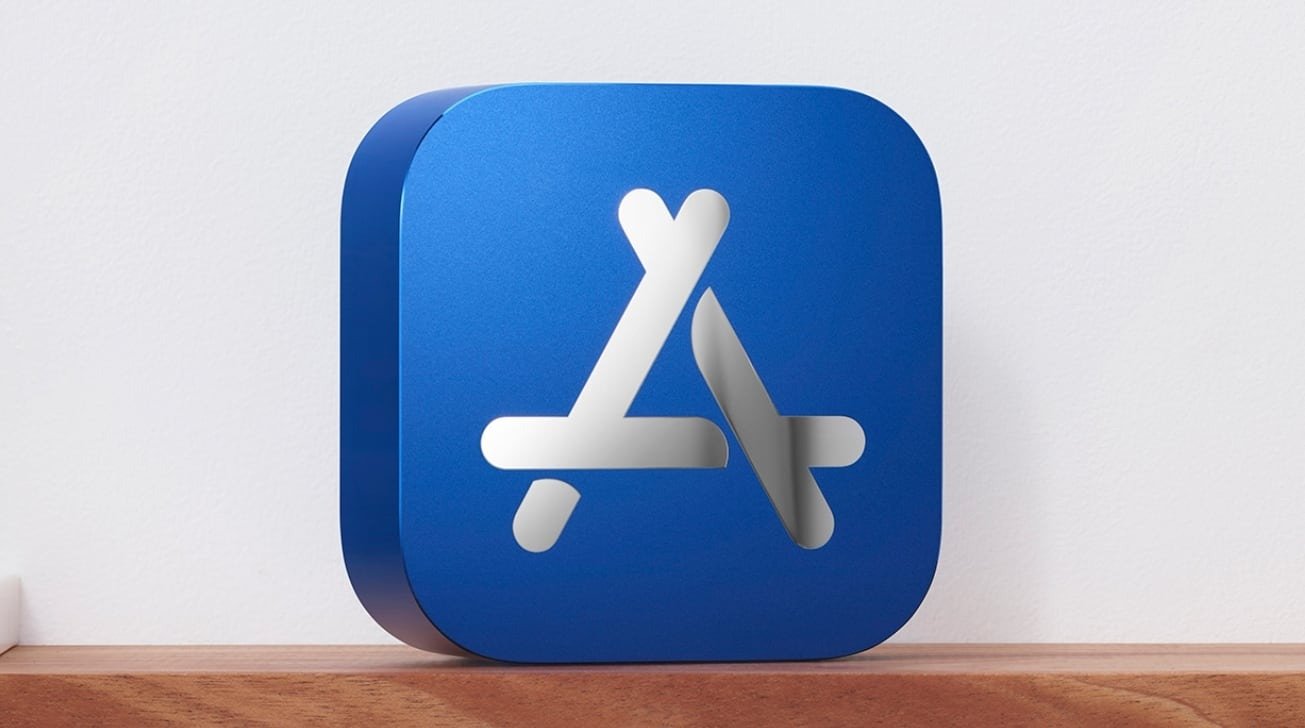When attempting to install a version of macOS, you may encounter the frustrating situation where the “Select the disk where you want to install macOS” screen shows no available options. This issue is often caused by accidental disk formatting during the installation process, resulting in your device failing to recognize the disk.
Thankfully, this guide will walk you through the steps to resolve this error and get your macOS installation back on track. Whether you’re installing macOS on a physical Mac or within a Virtual Machine, this solution will help you overcome the issue, which is more prevalent when installing older macOS versions like Catalina or Mountain Lion.
Why Does the Error Occur?
Before diving into the solution, it’s essential to understand why this error may occur. Typically, it arises from:
Accidental Disk Formatting: During the installation process, users may inadvertently format the intended destination disk, rendering it inaccessible for installation.
Obsolete macOS Versions: This issue is more commonly observed when installing older macOS versions like Catalina or Mountain Lion, which may not be as well-supported as the latest iterations.
How to Fix the “Select Disk Where You Want to Install macOS” Error:
Access Recovery Mode:
- Restart your Mac.
- While it’s rebooting, hold down the
CommandandRkeys simultaneously. For Apple Silicon devices, hold down the Power button to enter Recovery Mode. The subsequent steps remain the same.
Launch Disk Utility:
- In Recovery Mode, you’ll see a screen featuring the Disk Utility icon. Select Disk Utility.
Select a Disk:
- On the left side of the Disk Utility window, you should see a list of disks or HDDs. Click on the one where you want to install macOS.
Reveal All Disks(if necessary):
- If no disks are visible, click on the button at the top left to reveal the “Show All Disks” option.
Erase and Format:
- After selecting the disk, click on the “Erase” tab located on the right side.
- Choose the “Format” option as “Mac OS Extended(Journaled)” and provide a name in the “Name” column.
- Click “Erase” to create a new partition on your disk drive.
Complete Disk Utility:
- Quit Disk Utility and you’ll be ready to proceed with the macOS installation.
Ensuring Disk Health:
Before installing macOS, it’s essential to check the health of the drive to prevent potential issues. Apple provides a program called Disk Utility for this purpose.
Open Disk Utility:
- Find Disk Utility in the Applications > Utilities folder within Finder.
Select the Target Drive:
- Choose the hard drive where you intend to install macOS.
Run First Aid:
- At the top of the Disk Utility app, click on the “First Aid” icon.
- You’ll receive a prompt notifying you that your machine will check for errors and, if found, repair them. Click “Run”.
Wait for Completion:
- Allow Disk Utility to complete it’s checks and repairs.
This process ensures that your disk is in good health, reducing the likelihood of installation errors. You can repeat these steps to check and fix additional volumes on your machine if necessary.
Checking Physical Drive Connections
For those installing macOS on a physical device, it’s crucial to ensure that physical drives are correctly connected. Verify that cables are secure and that the drive is recognized by your system.
The Importance of Keeping macOS Up to Date
While addressing installation errors is crucial, it’s equally important to keep your macOS system up to date. Regular updates not only introduce new features but also provide essential security patches and exploit fixes from Apple. Staying current with macOS updates enhances your system’s performance and security.
Conclusion
In this comprehensive guide, we’ve addressed the “Select the Disk Where You Want to Install macOS” error, providing a step-by-step solution that works for both physical Macs and Virtual Machines. We’ve also discussed the potential causes of this error, emphasizing the importance of avoiding accidental disk formatting.
Installing a new version of macOS can bring various benefits, including new features, improved performance and enhanced security. To ensure a smooth and trouble-free installation process, always follow the recommended steps, such as checking disk health and maintaining updated macOS versions. Even when issues arise, remember that solutions are readily available to help you get your system running smoothly again.
By following these steps and staying informed, you’ll be better equipped to navigate macOS installations and enjoy a seamless computing experience.
Experiencing difficulties with your Device, check out our “How To” page on how to resolve some of these issues.








